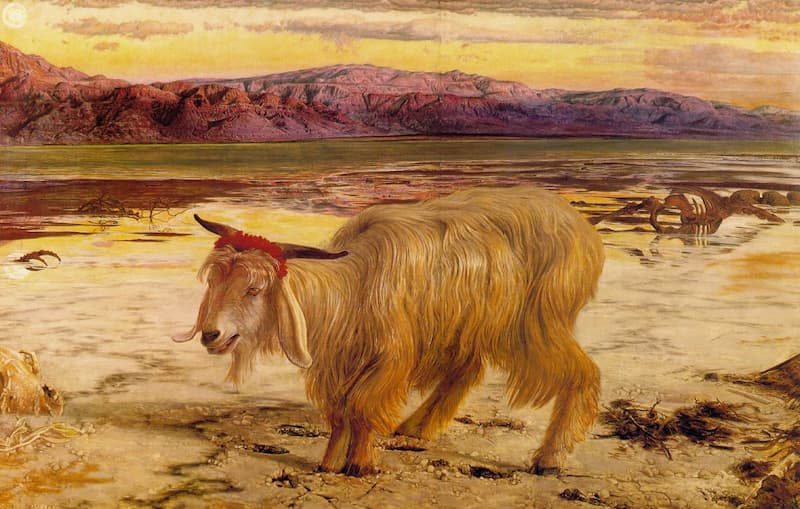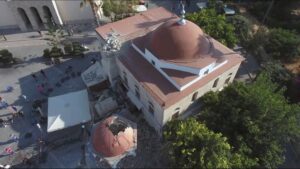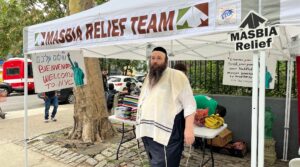Chapter 16, verses 1-34, describes with great detail the process which would allow the Cohen Gadol (High Priest) to enter the Holy of Holies once a year, on Yom Kippur. While the Cohen was in the Holy of Holies, he was not allowed to touch anything, let alone open the holy Ark. Inside the Ark were the Tablets of the Law and next to it was a Sefer Torah (Deut. 31:26 and Bava Batra 14:1-2). The contents of the Holy of Holies send us a very powerful message. The objects found in the holiest part of the holiest place, where only one person can enter, only once a year, after meticulous preparations, are texts. The Ten Commandments and the Torah are written on stone tablets and parchment, but those are just the carriers of the text. The text itself is revealed and accessible to all of us. This is diametrically opposed to pagan temples in whose center there are sacred relics which no one can access. We can carry our most sacred place in our hearts and minds and access it whenever we want, and that is probably a major part of the secret of the miraculous survival of Am Yisrael.
In verses 21-22 of chapter 16 we read about the scapegoat which would carry the sins of the Israelites to the desert. The Mishnah explains that the scapegoat was pushed down from a tall mountain and would die before it reached the valley below (Yoma 6:6). We accept this as tradition, but the Torah does not say that the scapegoat is killed, rather that it is sent into the desert. I believe that the message is that repentance, while accepted by God to atone for one’s sins, is only a partial remedy. It will not change the harm we caused people in the past, and it might still cause problems in the future. The scapegoat is sent to the desert with all of the sins confessed upon it, to tell people that the fate of those sins is unknown. They might multiply and have greater impact, or they might disappear, just as the scapegoat might find a mate and procreate or die in the desert. The ritual of the scapegoat reminds people to think before they act and thus avoid the need to repent for errors in the future. In other words, the scapegoat is preventive medicine, achieved through reflection.
Chapter 17, verse 13, speaks of one who hunts a wild animal or a bird. Does this mean that people would kill animals or birds without proper Shechita?
The Torah further says that the hunter should cover their blood with dirt. The concept of covering blood always appears in the bible as an attempt to cover up a sin, specifically murder (see: Gen. 37:26; Is. 26:21; Ezek. 24:8; Job 16:18). Is it possible that the Torah opposes hunting and considers the killing of wild animals tantamount to murder?
Questions Parashat Ahare Mot
- Who enters the Kodesh HaKodashim?
- On which day?
- What must the Kohen Gadol bring before entering Kodesh HaKodashim?
- What else should he do to prepare himself?
- After slaughtering a wild animal or a bird, what Mitzvah should be observed?
- Why?
- What does HaShem promise Bene Yisrael if they follow all the commandments He gave them?
Answers Parashat Ahare Mot
- The Kohen Gadol.
- On Yom Kippur, once a year.
- Sacrifices for forgiveness for him and for Am Yisrael.
- To wash his body and wear white clothes.
- Covering the blood with sand or soil.
- Because the blood is like the soul of the animal and it should be respected.
- That they will have a good life in Eretz Yisrael.


















